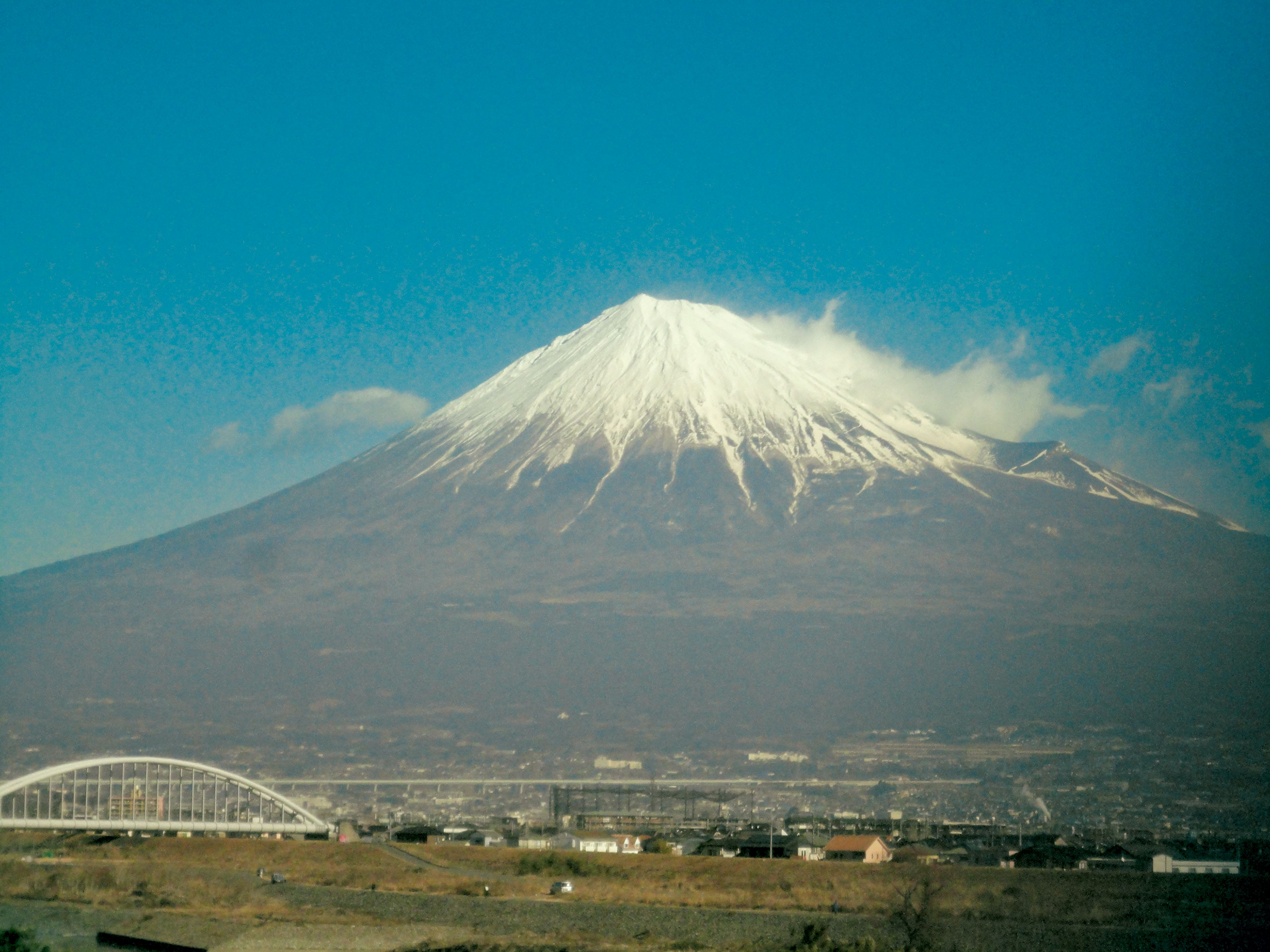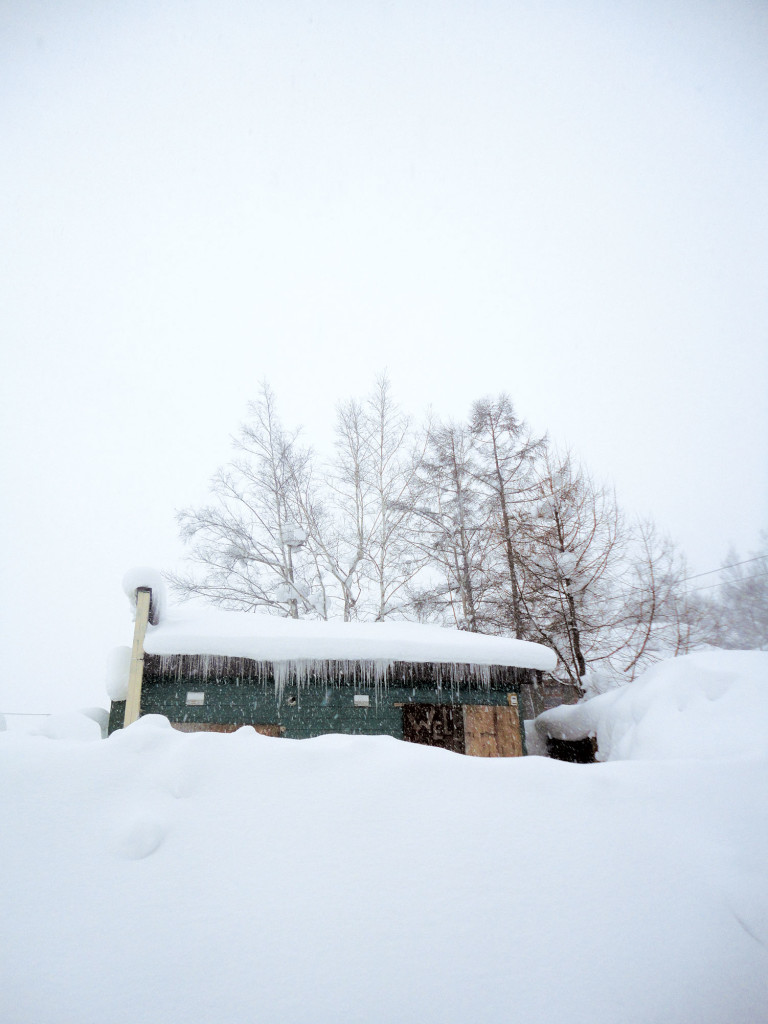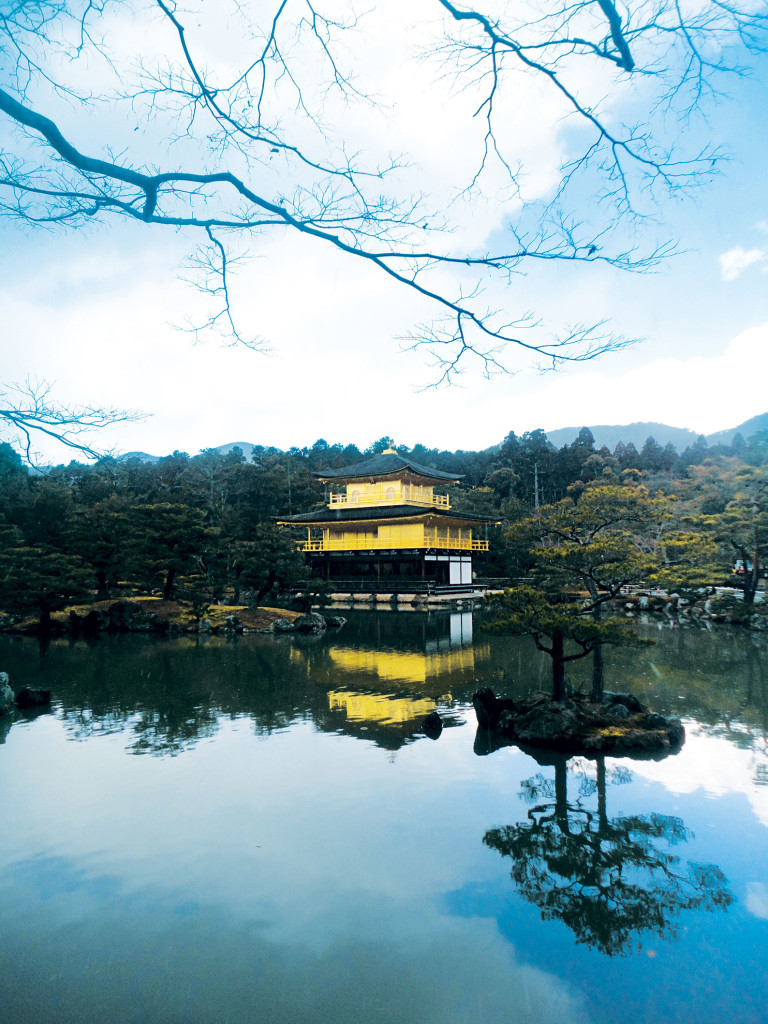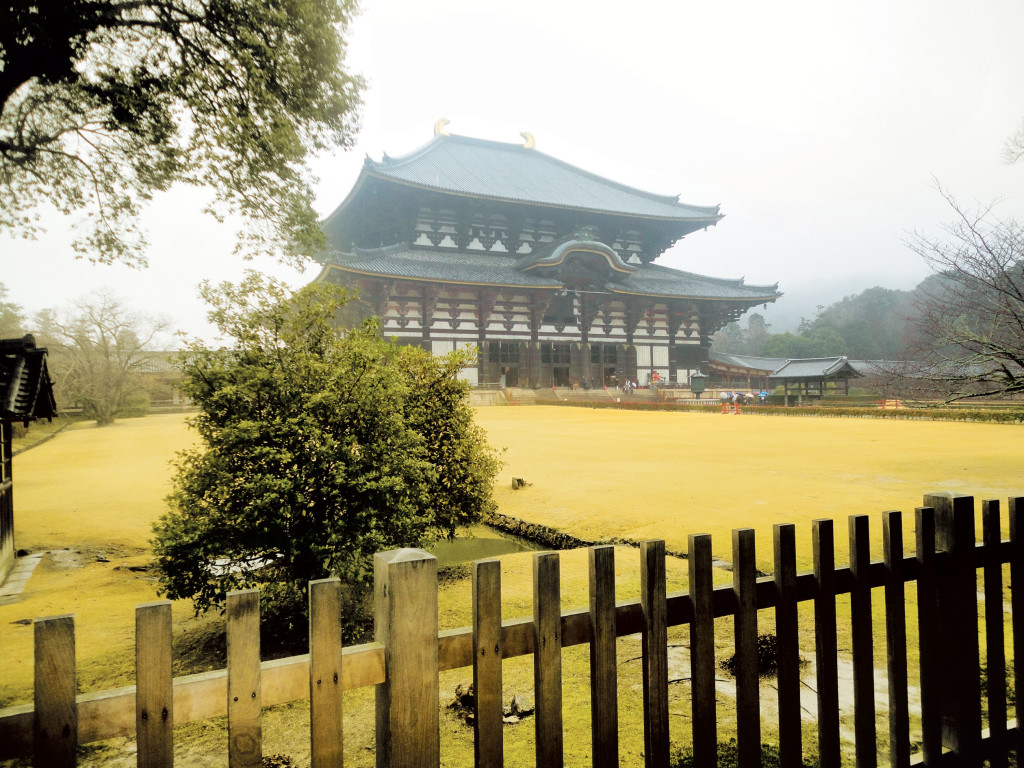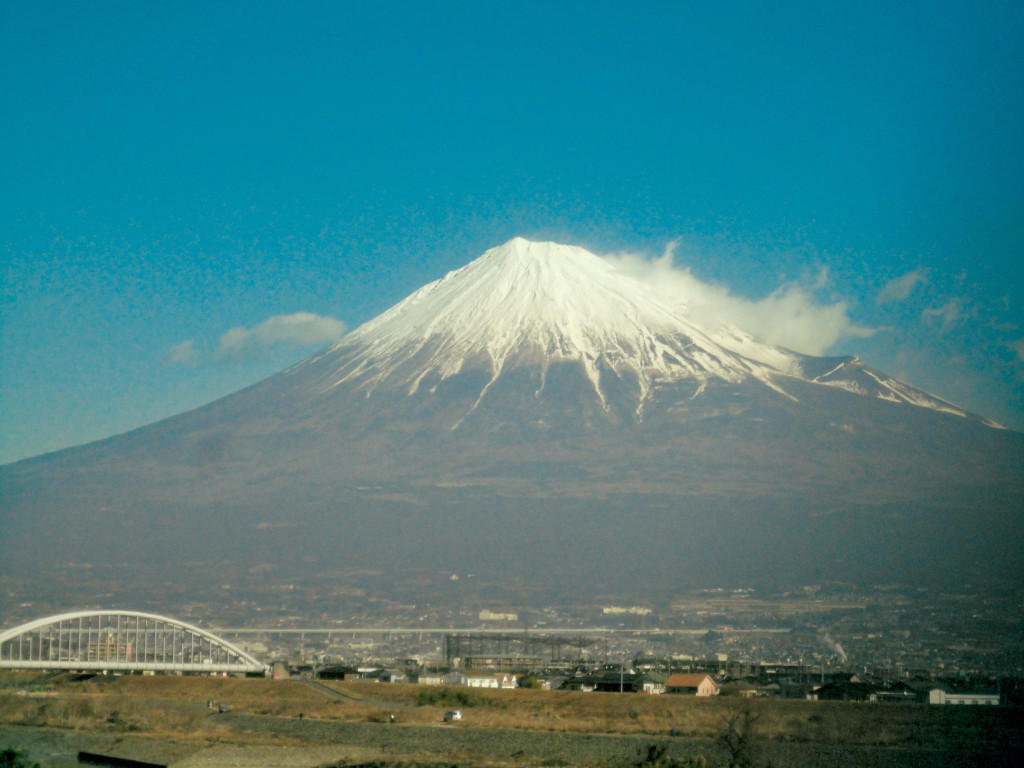A couple of months back, we couldn’t have been hungrier for sashimi and matcha-flavored treats when news broke out that Filipinos would no longer need visas for traveling to the Land of the Rising beginning mid-2016. Although the announcement was never confirmed by the Japanese Embassy in Manila, it is true that Japan has eased up on visa requirements for Philippine nationals
While it’s not exactly the hassle-free travel experience that got us packing our bags, it’s still pretty good news!
Take it from someone who’s experienced the country of the year himself – from its rural landscapes to ultra-modern urban playgrounds, trust that there will always something about Japan worth visiting.
By BüM D. TENORIO JR.
Niseko, Hokkaido:Â
Whoever said winter was drab and dreary had not been to Niseko, A skiing village located at the northernmost of the 47 prefectures of Japan. They had also probably not experienced the glorious onsen bath at the Hilton Niseko Village where inside the onsen pool it was 42 degrees Celsius while outside, it was freezing frenzy — with heaps of snow falling from the leaves of cedar trees and many times making a detour down to the onsen pool.
(The softest, thinnest snow surrounds a house in Niseko, a skiing village in the Hokkaido prefecture.)
Otaru and Sapporo, Hokkaido:Â
Otaru is famous for its Venice-like canal where lovers promenade, holding hands in the middle of winter. Sapporo, on the other hand, comes alive with its yearly Winter Festival (usually held early February) that makes it practically a snow museum, what with hundreds of gigantic pieces of ice sculpture that are displayed all over the city. Ice bars by the roadsides are a pretty familiar sight, too, where one can down a glass of hot red wine or a bottle of the famous Asahi beer.
Kobe City:Â
Two hours away from Sapporo by plane and the fifth largest city in Japan and at night, after a whole day of feasting on the iconic Kobe beef, the port city reveals itself: scintillating yet tranquil at temperatures that go as far below as 5 degrees Celsius.
Nara City:
The Japanese civilization was born in Nara, the country’s first capital. The city is quiet, relaxed, almost mute during winter. But its history is leaping out in the air. At the Todai-ji Temple rests the biggest bronze statue of Buddha in the whole of Japan. At the temple ground, hundreds of tamed and sacred deer roam — and believe it or not, they are added attractions to the uninitiated visitor to Nara, especially when he finds out the significance of these animals to the religious belief of the Buddhists in the city.
(At the entrance of  Nijo-jo Castle in Kyoto, the seat of power during the shogun era in Japan)
Osaka:
Spend hours ruminating around the longest shopping district of the city — the 2.6. km-long Tenjinbashisuji Shotengai. Everything you would want to buy, at a discounted price, can be had in this shopping district — food, clothes, home accessories, shoes, medicines, toiletries, appliances, among other gadgets and gizmos.
Kyoto:
Kyoto was the capital of Japan for more than a thousand years beginning 794 AD.
In Kyoto, a walk around the grounds of the Rokuon-ji Temple, a UNESCO World heritage Site, was a blissful experience especially when I found out that the gardens surrounding the temple were as old as time. The centerpiece of the temple is the Kinkaku or the Golden Pavillion that majestically sits on a pond called Kyoko-chi.
Another point of interest in Kyoto is the Nijo-jo Castle, another UNESCO World Hertage Site, where the shoguns used to live to rule all over Japan before they gave back the power to the Imperial family. The castle is famous for squeaking floors called “Nightingales,†a safety device installed in the olden times in the premises to alert the ninjas guarding the castle that an unwanted guest had infiltrated Nijo-jo.
Equally divine is the experience of eating the Kyoto beef — not as popular as its cousin, the Kobe beef, but definitely tastier and more tender, and at times, even costlier. The Kyoto beef, according to my tour guide, is not in the international market because the production of the meat is controlled only for the consumption of the population of Kyoto.
(The Golden Pavillion at the  Rokuon-ji Temple in Kyoto)
Tokyo:
Zooming into Tokyo, Japan’s capital city, you go on a ride on the bullet train called Shinkansen that’ll take two hours and show a marvelous view of Mount Fuji from the train before I landed on the dizzying city of Tokyo. Since it would be impossible for me to enter the gates of the Imperial Palace, I chose to discover other parts of the city.
Tokyo has its tamed side. Step back from the main arteries of the city and you will find yourself savoring the calm and still backstreets of Tokyo. At the outskirts of the city are wooden houses with pocket gardens whose centerpieces are the beautifully tended bonsai trees. In contrast to Tokyo’s shopping emporiums on the famed Ginza district, you’ll be amazed at how the backstreets of the city dissolve the modernity of Japan through tried and tested tradition of burning incense at public and private temples and shrines.
(Mt. Fuji as seen from the Shinkansen or bullet train from Kyoto to Tokyo)
“Life is best measured, not by the number of breaths we take, but by the number of moments that take our breath away.”
This thought, though not my original, kept me warm as powder-like snow, the thinnest and whitest I’d seen, showered upon me, gathering a sparkling white patch on my bonnet and creating a little wonderland around my thermal jacket. If the many moments in Japan that took my breath away were any indication, I could freely say that I have now been to heaven.
Editor’s note: The article containing these excerpts was first published in PeopleAsia‘s April – May 2012 issue.Â

